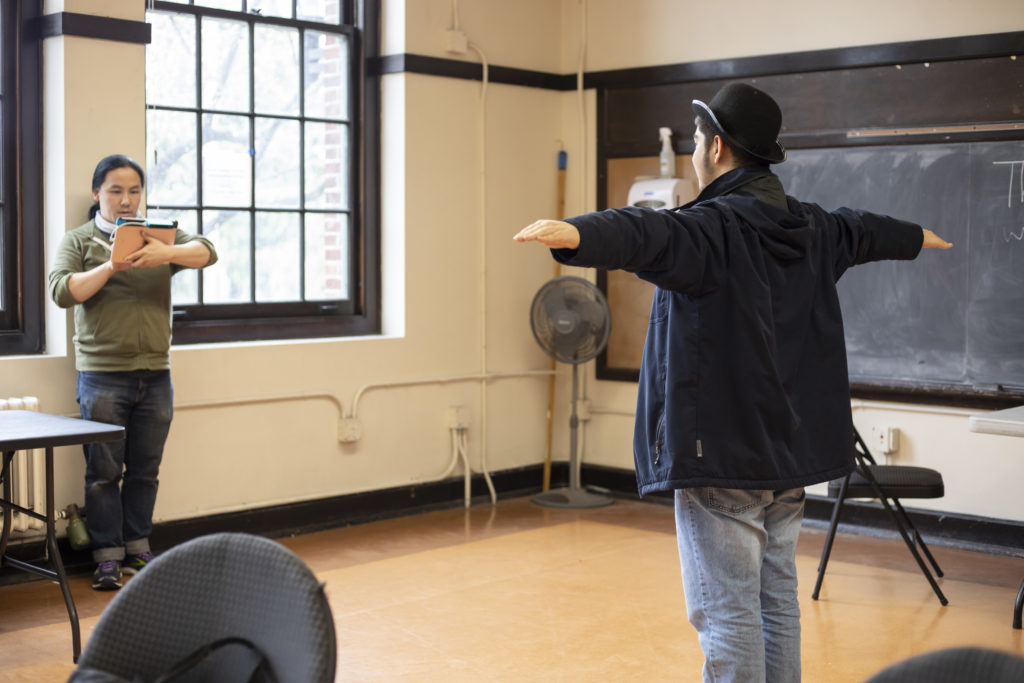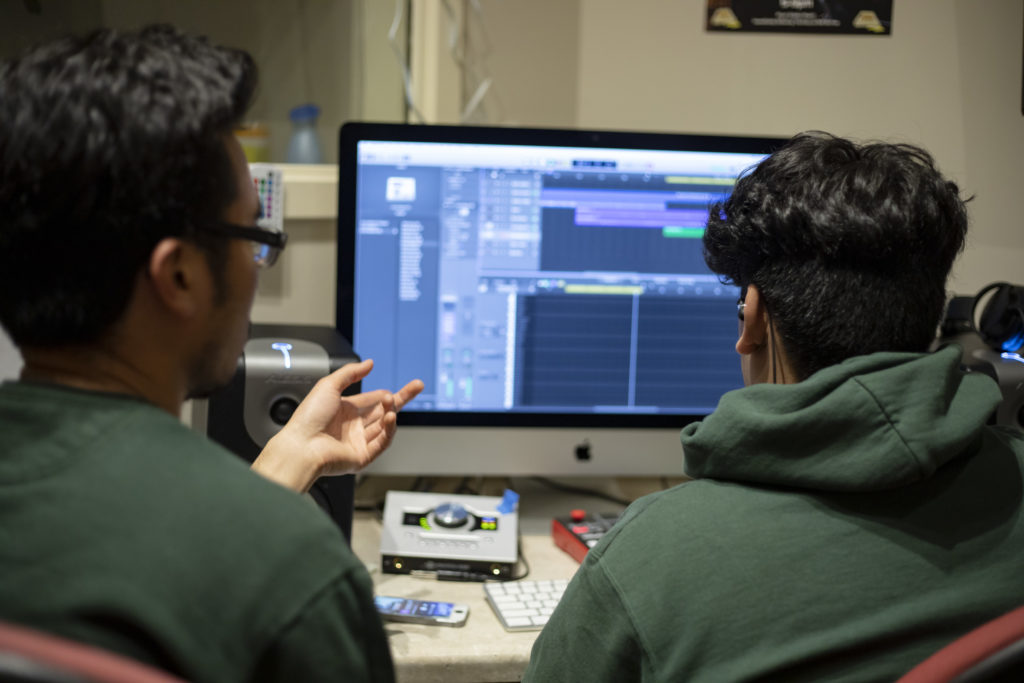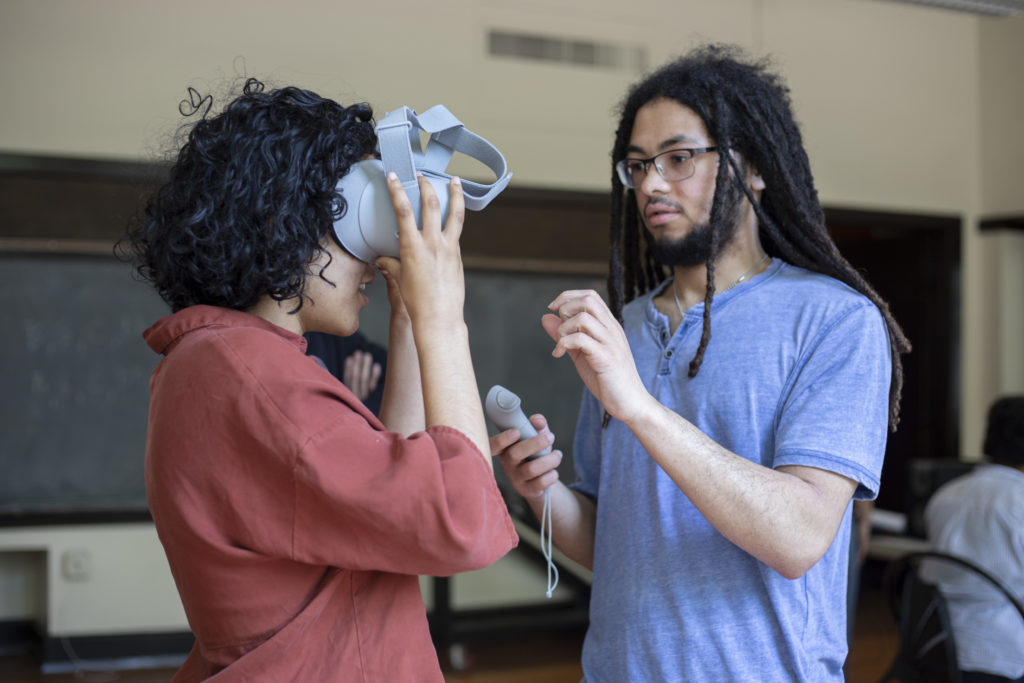“The really exciting thing about emerging tech is that it’s constantly changing, and that means that anybody could shape it. And it means that students of color could shape it.” – Netsanet Tjirongo, filmmaker, LIT teaching artist
This year I’ve had the privilege of documenting a revolutionary new program at Arts Corps, in partnership with Reel Grrls, called LIT!

LIT, which stands for Learning Immersive Technology, engaged students from Big Picture High School in Virtual Reality game development, audio production, and 360 filmmaking in order to develop as artists, technology innovators, and to prepare them for 21st Century Careers in the emerging arts and tech industries. The students were able to explore all three types of technology with expert teaching artists and then dove into one area for their final projects, collaborating between departments as they would in a real-world production environment.

When talking with Noel, one of the students focusing on music production, he showed me the four tracks he had created for another student, Fabian’s VR experience. He also mentioned that he really liked music production and that he wanted to continue coming to the studio to make music at Totem Star – one of our partner organizations that runs the recording studio that the students used during LIT – even after the program was over.
Chatting with Vanessa – whom you’ll meet in this short video – I learned that she not only produced music for her friend Faith’s 360 film, but also enjoyed the process so much that she produced music to pair with various paintings that she was creating for a school project on Chicano art murals and the Chicano movement to fight for the rights of farmworkers.
Yet another student, Azariah, recalled how she had been interested in writing screenplays since she was five years old, and through the LIT program, she learned how to professionally format a script. She now sees herself turning her vision into something that people would enjoy watching on screen.

It’s clear that the students in the program gained much more than the ability to model a virtual world, capture a 360 scene, or put sounds together to make a song. At the culmination, all of the students were finding applications for these new skills in their everyday lives. They were able to talk confidently about the technology, talk about their work, and represent themselves proudly at public presentations in front of friends, family, and industry experts.
This video is a window into these students’ experiences, and it is only a preview. The extended feature will be released later this year.
The extended version of this film will give more context to the landscape of immersive technology outside of just the LIT program. It will explore the possibilities of what the industry could look like if young people who have historically been denied access to emerging technology, are at the forefront of shaping its’ future.
-AMY L. PIÑON, Creative Media Producer
